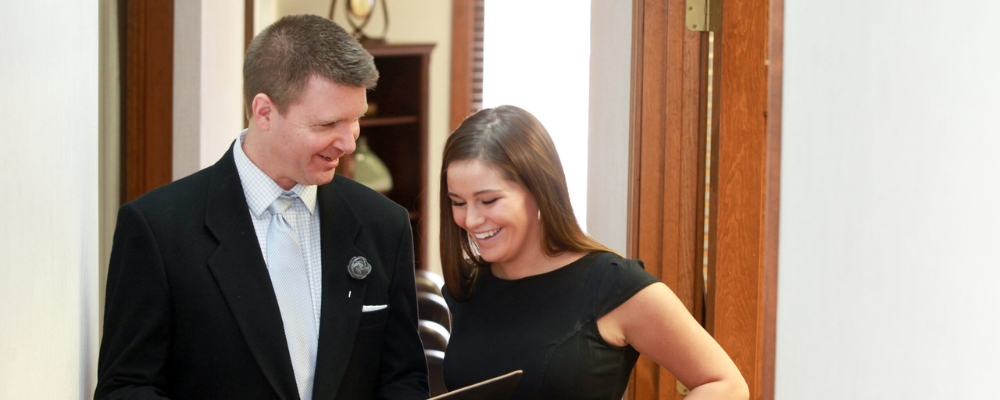Negligent and reckless actions cause people to suffer traumatic injuries of all types. The most common bone break people receive is the broken collar bone (clavicle). The personal injury lawyers at Hamilton & Associates see many collar bone fractures. We are skilled in dealing with these special issues with this unusual bone break. We have the experience to get full compensation for your medical harm.
Where is the Clavicle?
The clavicle is above your rib cage (sternum) and your shoulder blades (scapula). It is the bone that connects your arm to your body. There are important arteries and blood vessels around your clavicle, as well as important nerves located around your collar bone. Luckily, our bodies are typically strong in this area and it is unusual for nerve damage or artery puncture because of a clavicle fracture. However, such traumatic soft tissue damages can be catastrophic.
Your collar bone is long. This is why it is the most frequently broken bone in the body. Its thin nature creates a leverage action. Impacts that occur from traumatic accidents such as car wrecks and falls can cause the clavicle to break. Some, more unusual, collar bone fractures occur at the rib cage where it connects to the shoulder.
Any direct traumatic accident where the collar bone is struck can cause it to break. Car collisions and impacts from objects falling on your shoulder are the most common causes of clavicle fractures.
Baby Clavicle Fractures
Babies also suffer clavicle fractures when they extend their arm and fall onto it. Baby clavicle fractures can also occur during pregnancy as the child passes through the birth canal.
How do I spot a clavicle fracture?
Clavicle fractures are typically discovered by two factors:
- They are extremely painful
- They make it hard or impossible to move one’s arm
Additional symptoms can be as follows:
- A visible protrusion from the skin over the shoulder
- A “grinding” noise when moving the arm, especially raising it
- One shoulder being held down and lower than the other
- Red, swollen, and contusion (bruising) around the shoulder


Clavicle Fracture Treatment
The treatment (luckily) for clavicle injuries is less than other types of bone breaks. Typically, your physician will put your arm in a sling, wrap it closely to your body to support it, and immobilize your shoulder while you heal. Prescription medication and over the counter pain drugs are usually recommended.
Physical therapy is common for the treatment of a clavicle fracture and victims would need this to get up and moving. Furthermore, the lack of physical therapy can cause the shoulder to become “frozen.” This is a very serious situation that most people want to avoid.
How Can Shoulder Clavicle Fractures become Complicated?
The primary failure for successful treatment of a clavicle fracture is the lack of a direct union between the two bone fragments. In laymen’s terms, this is two bones that do not heal lined up with one another.
This can be caused by the lack of immobilization or the lack of proper setting of the bone. A large hump over the site of the bone break can become visible. This also can lead to movement issues and disability.
What are the Types of Clavicle Injuries?
Collar bone breaks occur in three categories:
- Group one fracture = middle third of the shoulder
- Group two fracture = the distal third of the bone
- Group three fracture = medial (proximal) third of the bone
When is collar bone fracture surgery needed?
Physicians look to a number of factors for a person to self-heal and other factors to determine whether an open surgery is needed. These include:
- Complete displacement of the bone
- Severe tinting of the skin because of the large degree of displacement
- Shortening of the bone
- A comminuted fracture (all broken up)
- Nerve damage
- Multiple fractures
- Open fracture (sticking out of the skin)
- Intolerable pain
- Muscle damage
- Floating shoulder putting the neck at risk


Kansas City Clavicle Fracture Resources
The primary locations for broken clavicle and collar bone treatment are as follows:
- Kansas City Bone and Joint Clinic
10701 Nall Avenue, Suite 200
Overland Park, Kansas 66211
(913) 381-5225 - Kansas City Orthopeadic Institute
3651 College Blvd.
Leawood, Kansas 66211
(913) 338-4100 - Dickson Diveley Orthopeadics
St. Luke’s Hospital
Medical Plaza Building #1, Suite 610
4320 Wornall Road
Kansas City, Missouri 64111
(913) 319-7600
The lawyers at Hamilton & Associates have extensive experience and skill treating orthopedic injuries such as clavicle fractures. We know how to get you full compensation. We regularly work with the physicians and insurance companies in this area. Contact us for an evaluation. We will help you.
